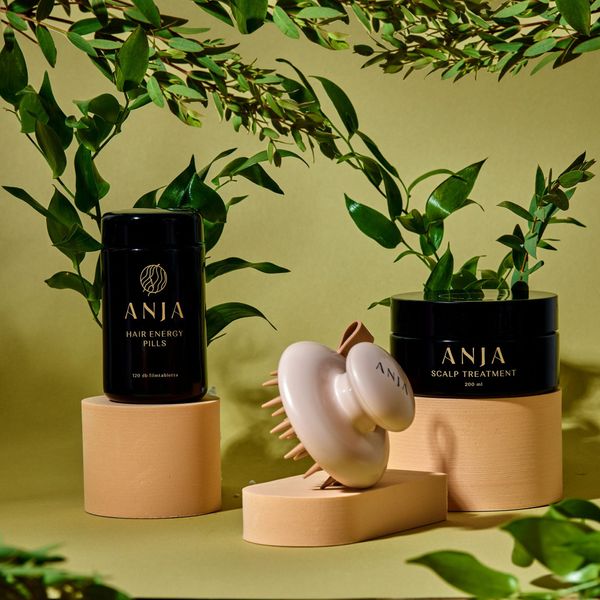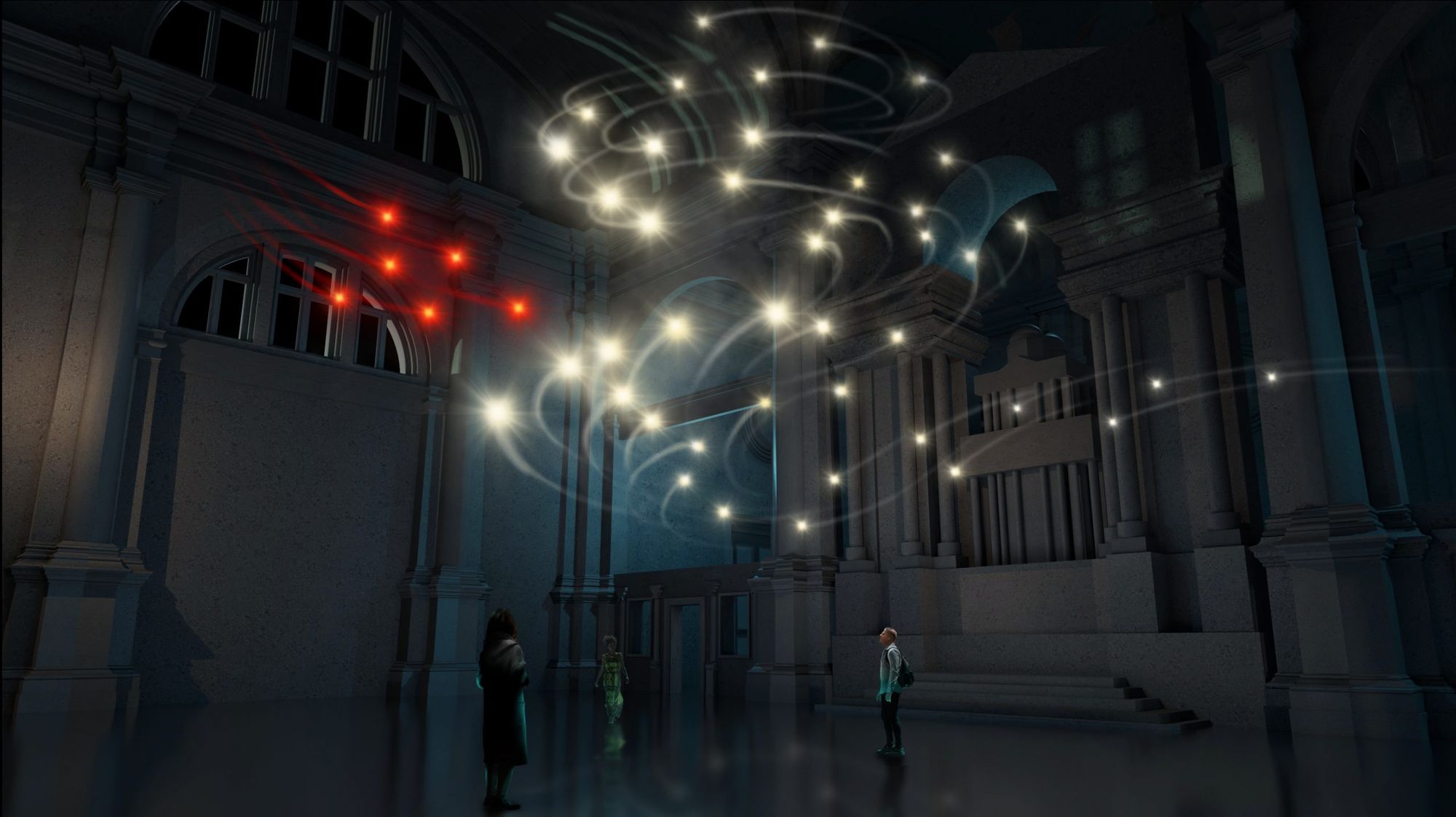Preparations for one of the world’s most prestigious art events are coming to an end, as the finishing touches are being put on the 59th Venice Biennale. The magnificent exhibition venues, the Giardini, the Arsenale and downtown Venice, await visitors with a wealth of art projects and events. In the first three episodes, we took a look behind the scenes at some of the most exciting projects in the Eastern European region. After our regional recommendations, we now turn the spotlight on the international scene. International pavilions, exhibitions and projects from around the world that would be a shame to miss!
Museo di Palazzo Fortuny | Palazzo Pesaro degli Orfei
In 2019, the Acqua Granda flooding also damaged the Palazzo Pesaro degli Orfei. On 9 March, more than two years after the devastation, the restored Museo Fortuny, the former palace and studio of fashion designer Mariano Fortuny y Madrazo, could reopen. Paradoxically, the renovation work on the ground floor of the Gothic palace was favored by the coronavirus pandemic. During the lockdowns, the Museo Fortuny has been transformed from a temporary showroom into a permanent exhibition space dedicated to the life and work of the brilliant designer and is open to visitors all year round as a house museum. Today, almost all of Fortuny’s original collection has been returned home: archival images and paintings have been used to reconstruct the interiors that reflect the personality and spirit of the perfectionist designer. We can also discover Fortuny’s innovations in photography, printing and set design in the second-floor studio. But that’s not everything: there is also a new temporary exhibition space on the ground floor, which can host exciting exhibitions in the future.
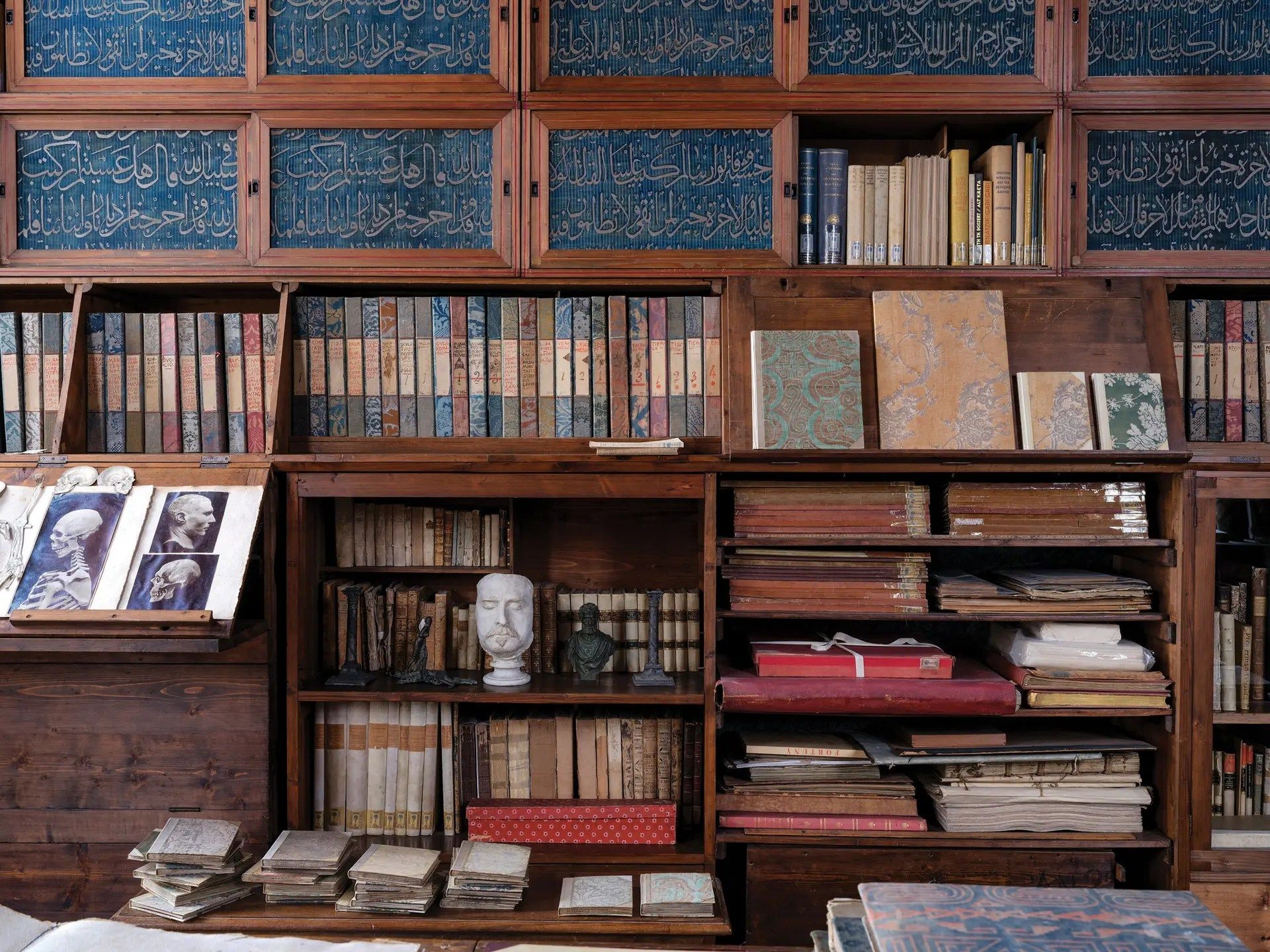

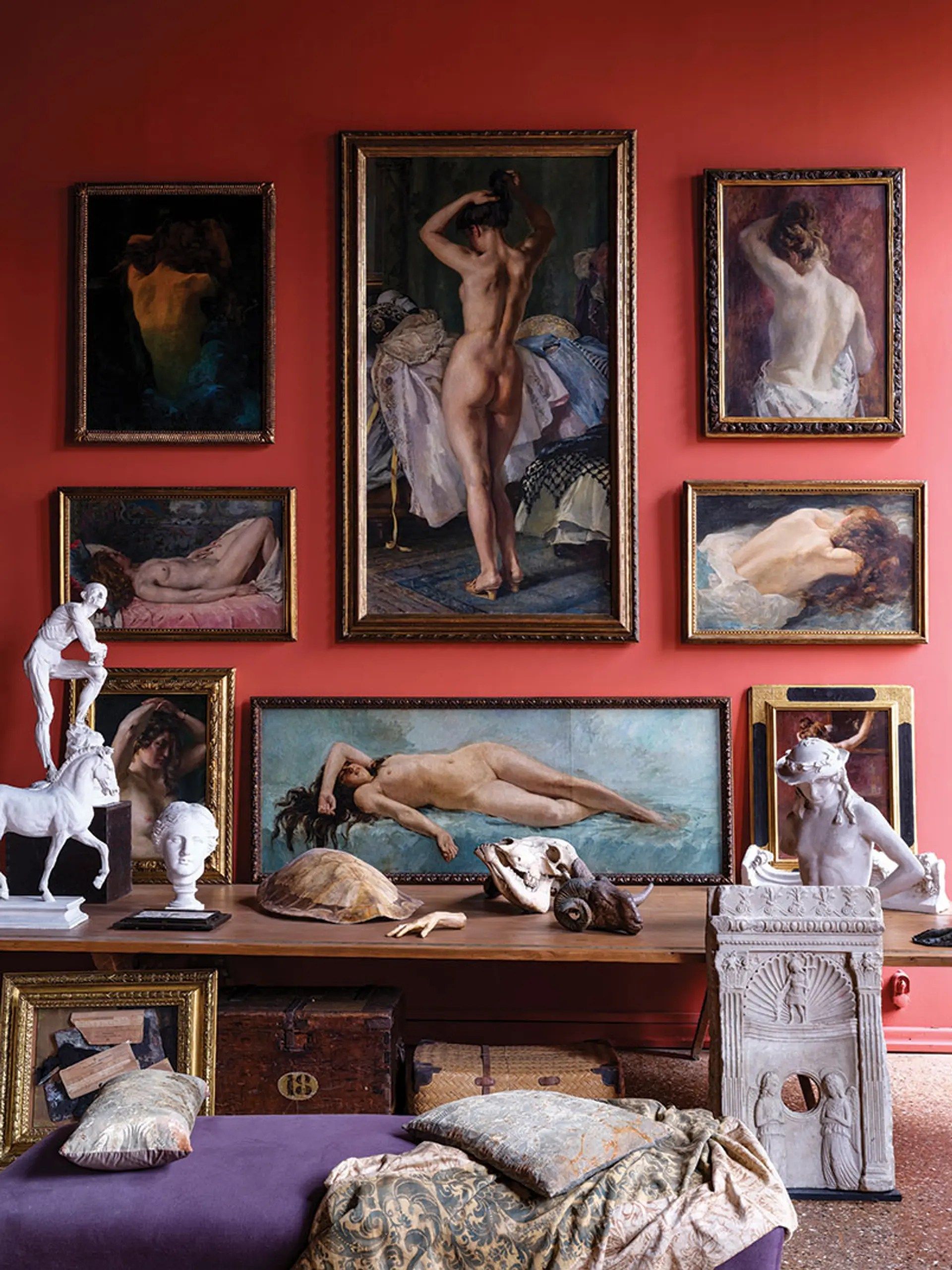
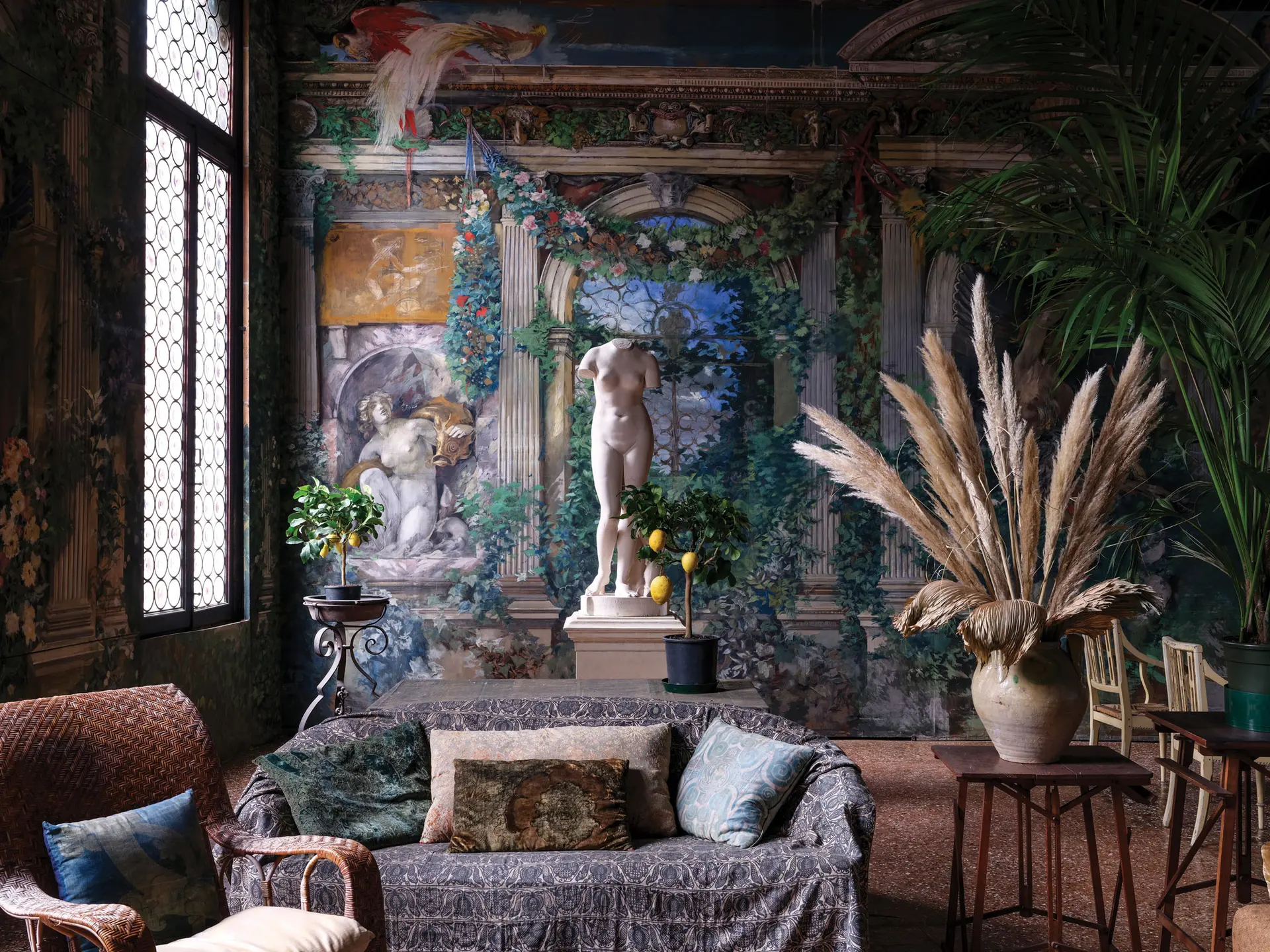
DRIFT—Social Sacrifice | Chiesa di San Lorenzo—TBA21-Academy’s Ocean Space
Aorist, a new-generation cultural institution that creates and maintains a climate-friendly NFT marketplace for artists at the intersection of art and technology, will present a project called Social Sacrifice during the Venice Biennale from the 20th of April to the 1st of May. Aorist is committed to providing a platform and bringing people closer to cutting-edge art through interdisciplinary cultural programs and exhibitions. In collaboration with TBA21-Academy’s Ocean Space, they bring DRIFT’s indoor aerial drone performance to a special venue, the Chiesa di San Lorenzo. The performance uses a simple but all the more tangible metaphor of a shoal of fish encountering a predator, and its dynamics, to highlight the tensions between collective action and individual freedom and how these are transformed by external threats.
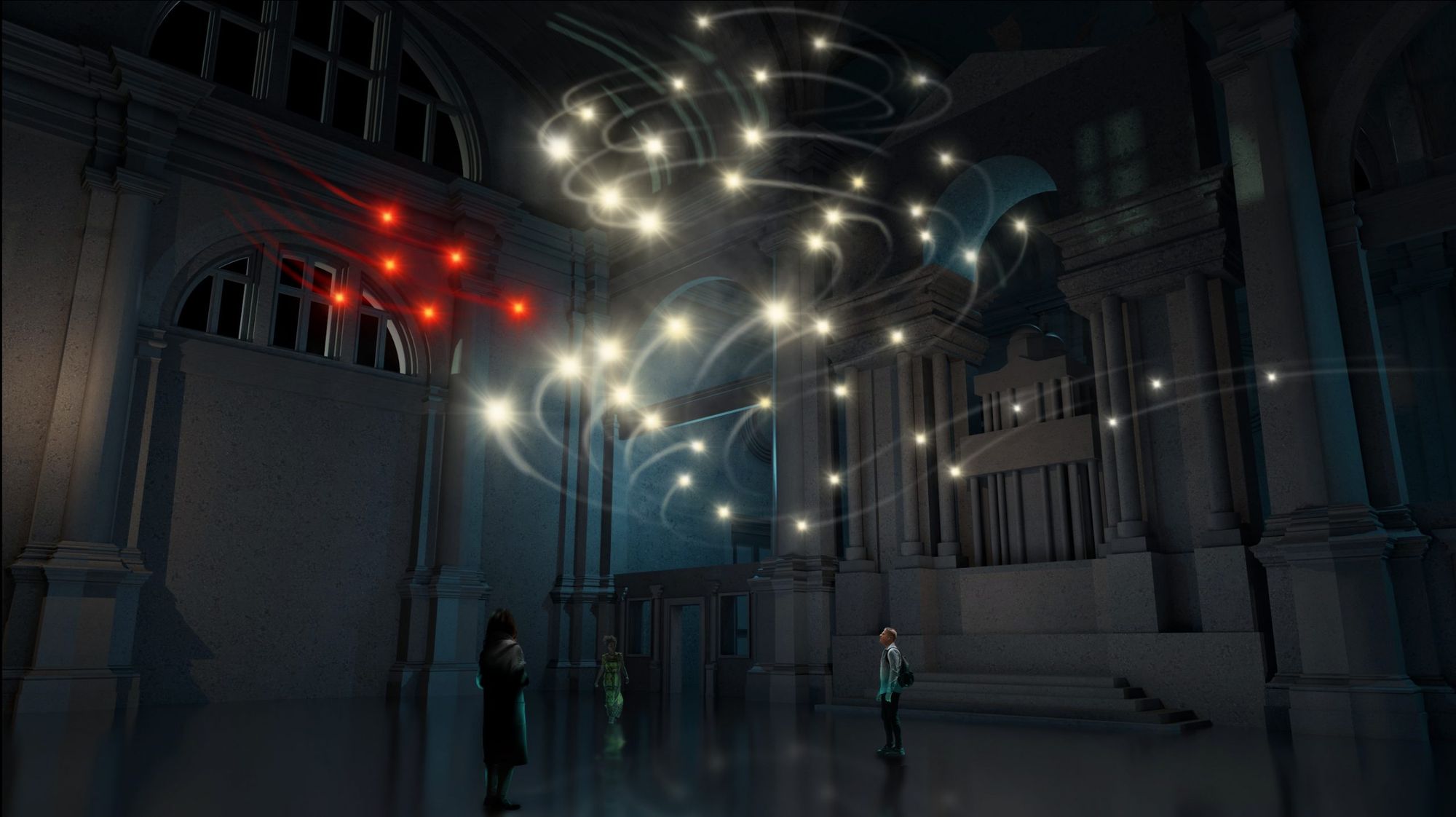
DRIFT has been working with researchers for more than ten years to study the behavior of swarms of animals in nature. They have used artificial intelligence to create an algorithm that uses autonomous flying drones to create performative installations based on the synchronicity in the movements of birds, bees and fish. For the first time since Franchise Freedom (2017), the first part of the series, DRIFT’s new work Social Sacrifice, a drone-driven performance with a unique algorithm, will be shown in Venice.
Kehinde Wiley—An Archaeology of Silence | Fondazione Giorgio Cini
Kehinde Wiley’s latest works are also coming to Venice. They will be featured in the exhibition called An Archaeology of Silence, accompanying the Biennale’s international art exhibition, organized by the Musée d’Orsay in Paris. The display, organized by curator Christophe Leribault, will also feature a series of never-before-seen paintings and sculptures. In his monumental artworks, Wiley uses the visual language of fallen heroes to highlight the brutality of the colonial, American and global past.
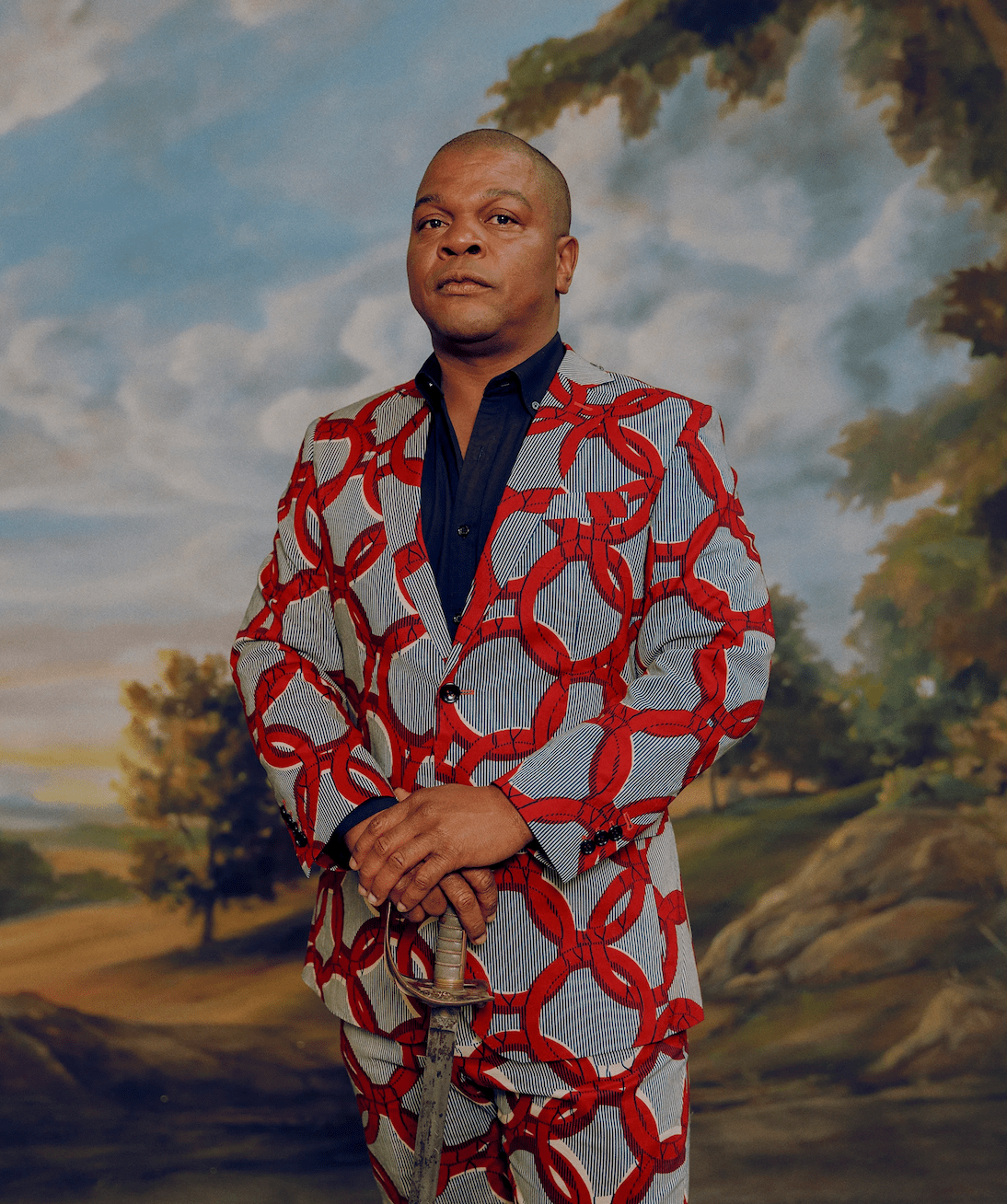
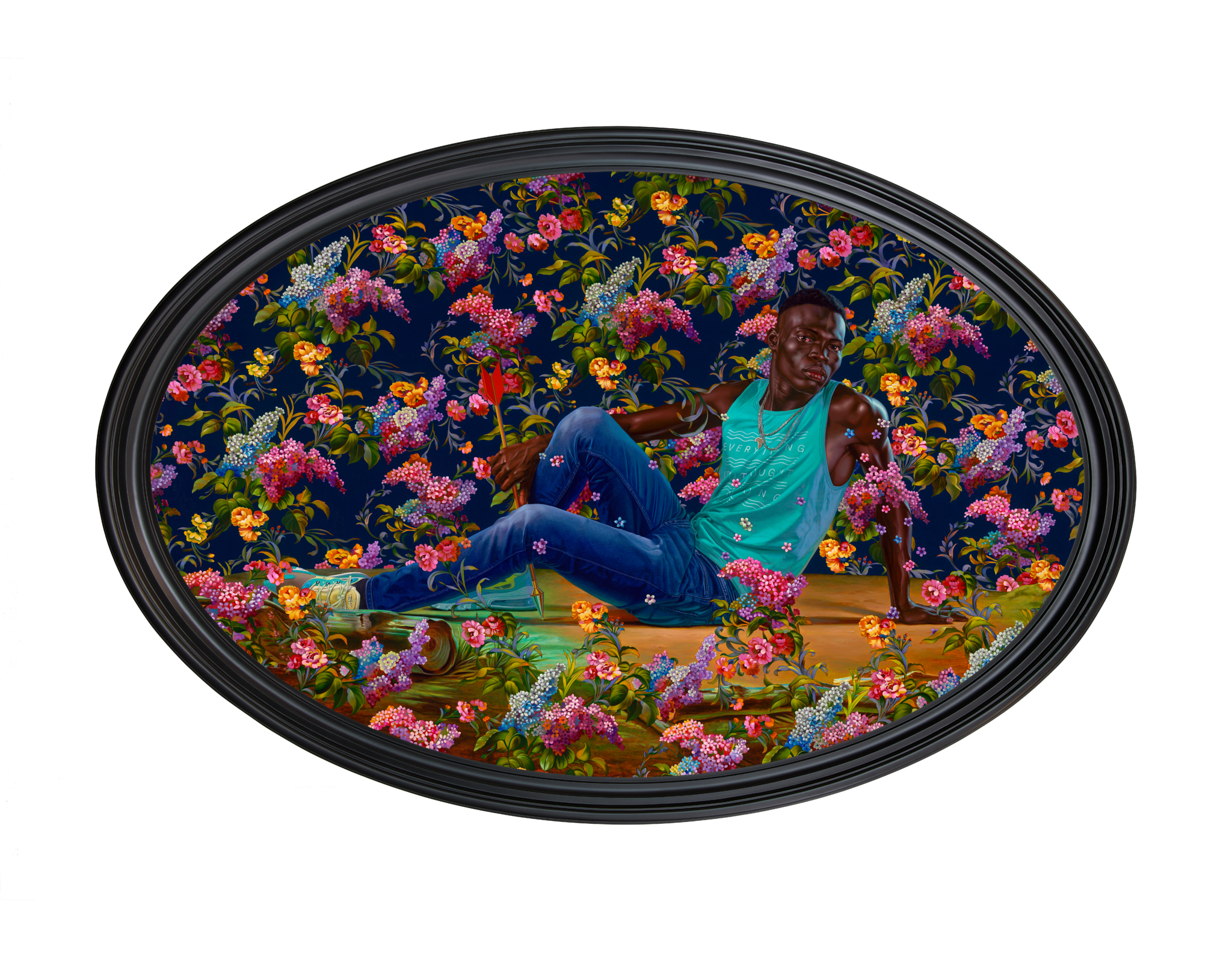
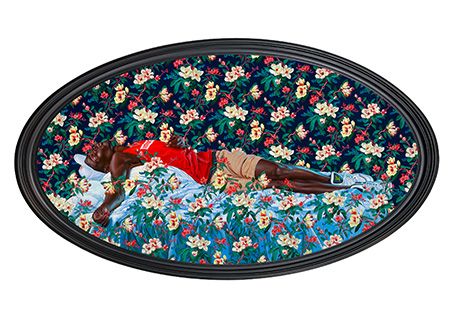
Redefining and rethinking classical imagery, the artist uses a contemporary reading of young black men and women in vulnerable situations instead of fallen warriors to tell a story of survival and resistance, showing the beauty that comes from tragedy. The poses, familiar from Western European art history, lift the metaphor of youth and perseverance from the mere physicality of the depicted figures and place them on the level of icons, martyrs and saints, thereby making the artworks eternal. Leribault was also the curator of Wiley’s first exhibition in France. As an art historian who specializes in the 19th century, he is also deeply connected to the art historical foundations of Wiley’s work.
Photos:
Image 6: Portrait of Kehinde Wiley, Source: Micaiah Carter—TIME
Image 7: Kehinde Wiley—The Wounded Achilles (Filippo Albacini) © Kehinde Wiley
Image 8: Kehinde Wiley—Sleep (Jean-Bernard Restout) © Kehinde Wiley
Photos: Massimo Listri, Aorist, Micaiah Carter
Source: Designboom, The Art News Paper, Aorist, Cini
59th Venice Biennale | Web | Facebook | Instagram
Museo di Palazzo Fortuny | Web | Facebook | Instagram
DRIFT | Web | Instagram
Kehinde Wiley | Web | Instagram

LEGO completes Botanical Collection with orchids and succulents
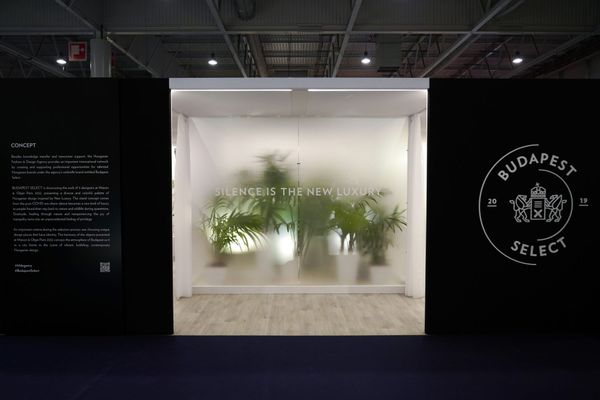
Hungarian brands were outstanding at the Maison&Objet Design Fair in Paris
